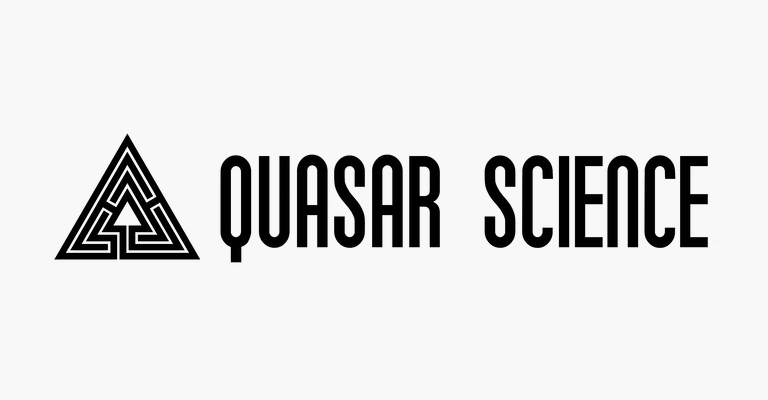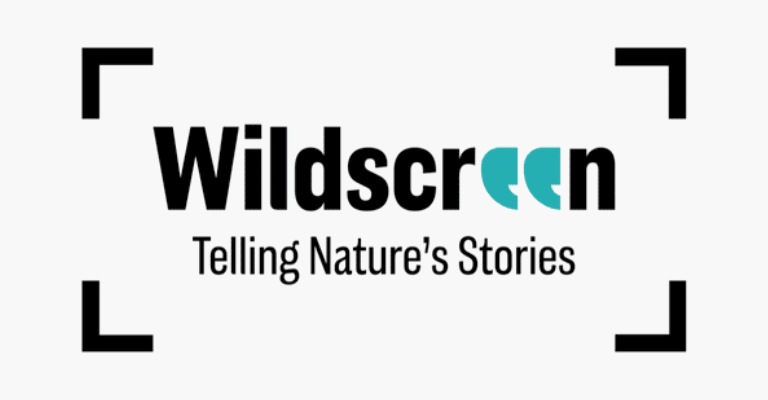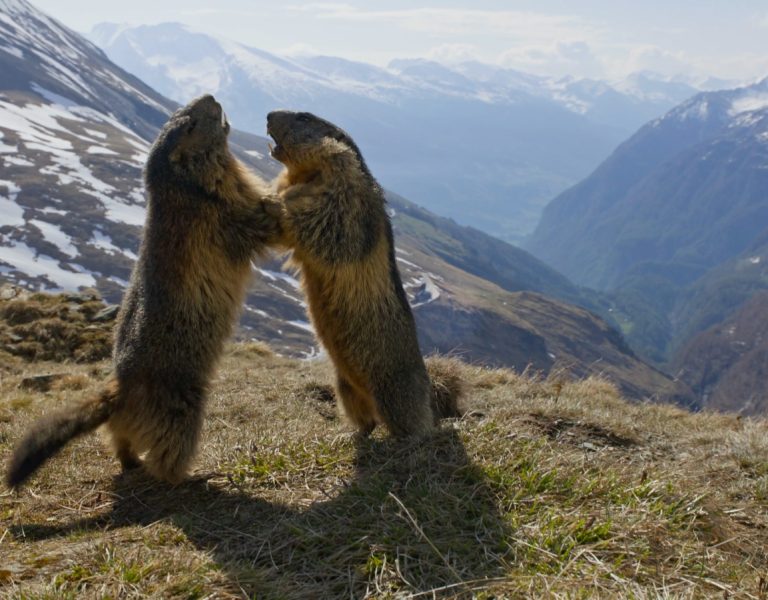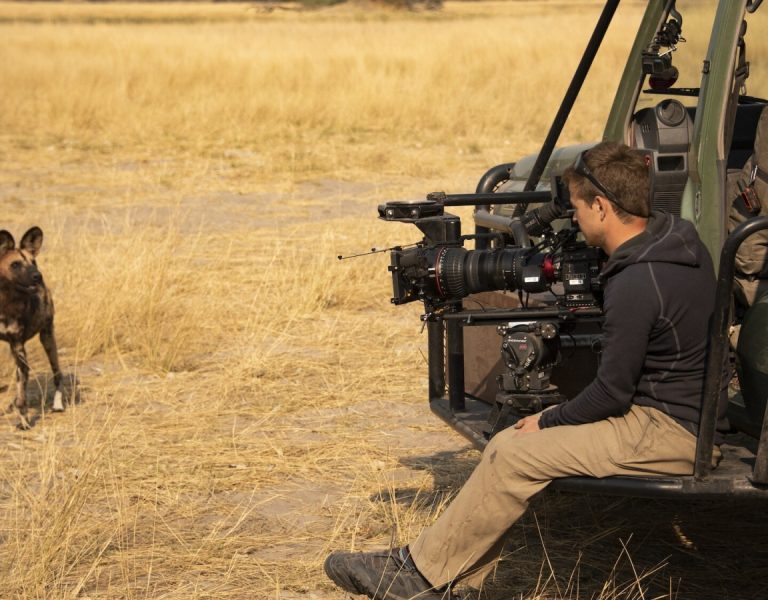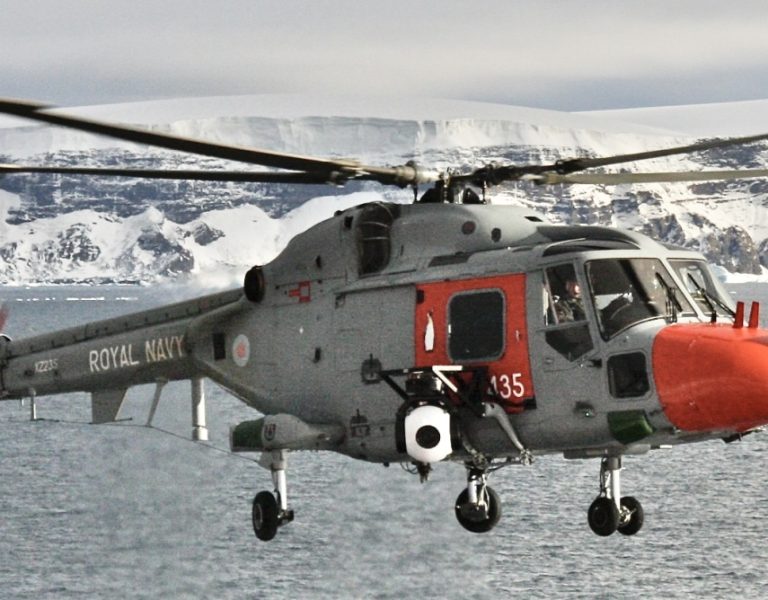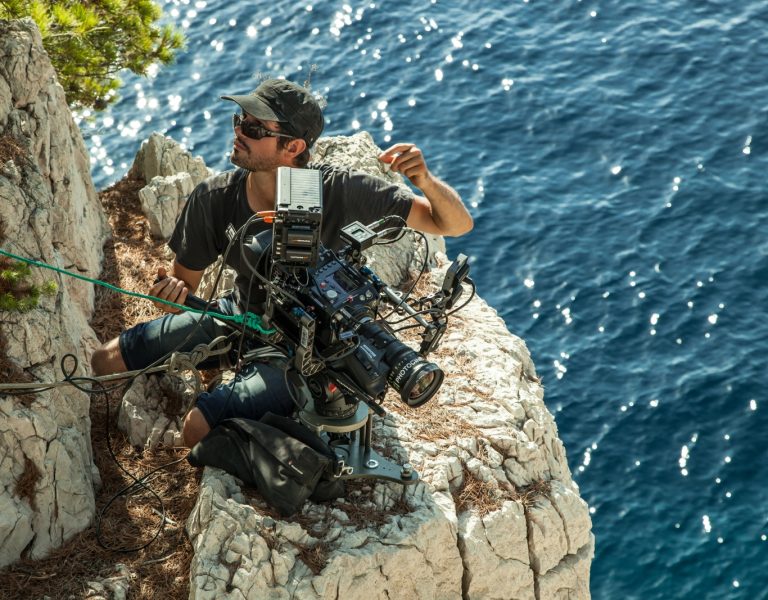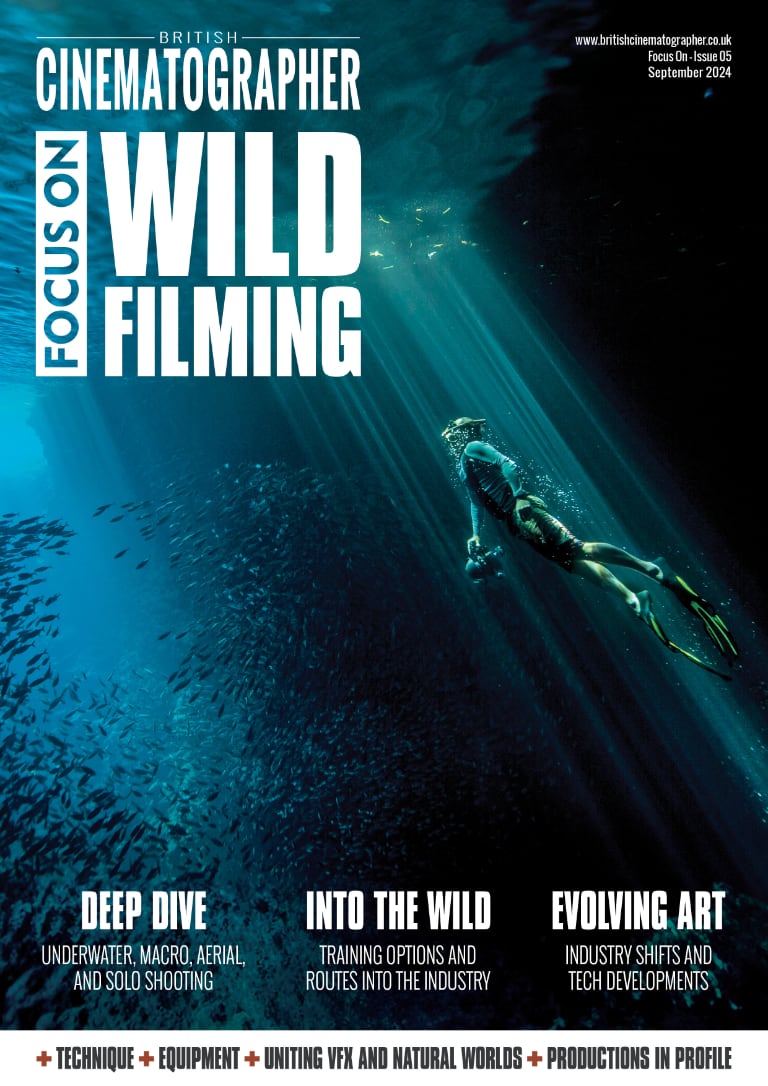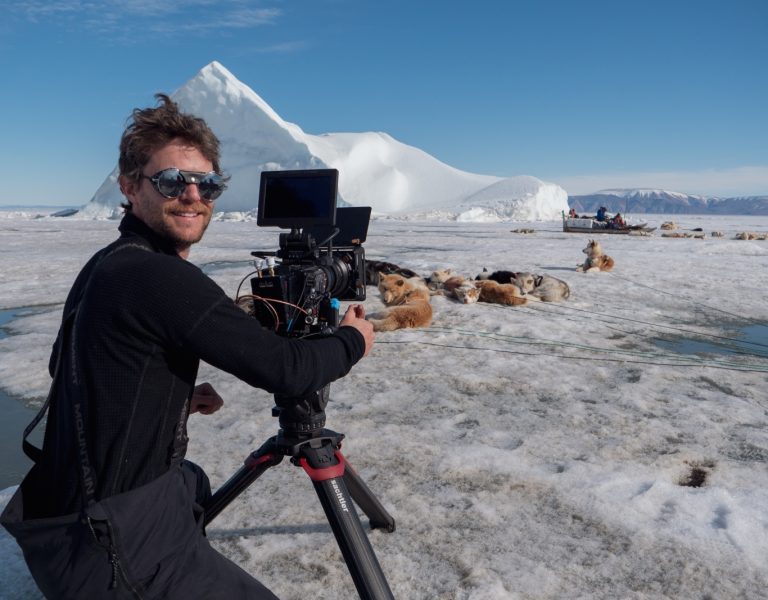INTREPID ADVENTURE
Anyone growing up in the UK is familiar with Captain Scott’s race to the South Pole as a tale of tragic heroism but there is far more to the story that a new film sets out to explore.
The Worst Journey In The World is a biopic set in Antarctica, recounting one of the incredible true tales from Captain Scott’s Terra Nova expedition.
It’s the passion project of cinematographer and filmmaker Alex Stone (Between the Lights) and one that has been several years in the making. Inspired by hearing Polar explorer Ben Saunders recount his attempt to recreate Scott’s 1910-13 bid to reach the South Pole, Stone started his own research.
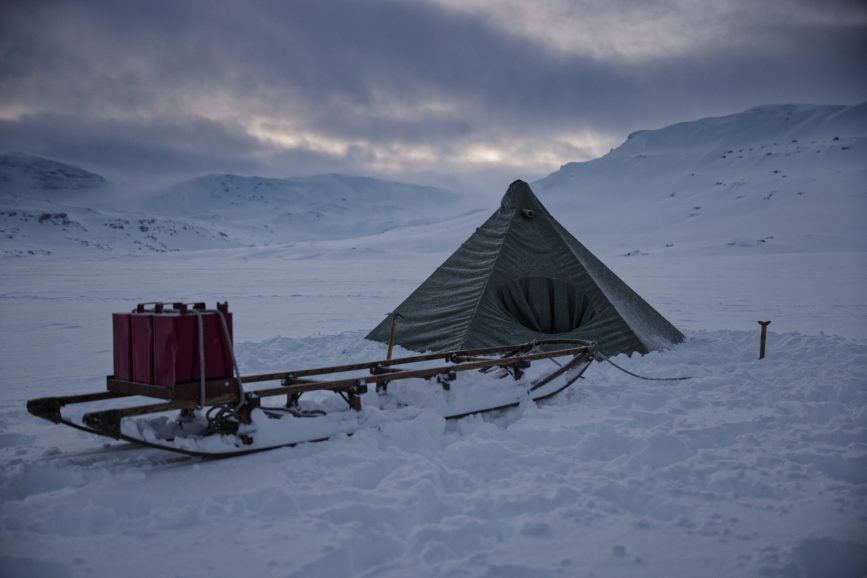
(Credit: Graeme Watt)
The expedition departed Britain in 1910, arriving in Antarctica 1911; Scott reached the pole in January 1912 and died that March. The remaining crew found his tent in November and departed Antarctica (and returned to Britain) in 1913.
“Even just a cursory read on Wikipedia revealed that there was so much more to the Expedition than the Pole,” he explains “There were many other scientific and geographic achievements that his team accomplished but which have been totally overshadowed by his untimely fate.
“I just felt compelled to bring that story to as many people as possible and making a film was the best way I knew how.”
With the Antarctic an expensive not to mention hazardous environment to film in, the next best option was Norway, specifically the small mountain town of Finse about 180 miles northwest of Oslo.
Appropriately, it was where the 1948 Ealing classic, Scott Of The Antarctic was filmed. If that wasn’t reason enough, it’s perhaps better known as the ice planet Hoth from Star Wars Episode V: The Empire Strikes Back (1980).
Importantly for Stone, it meant he could film entirely on location to achieve greater authenticity rather than resort to studio, green screen and VFX.
“Other than snow cover, the real requirement for a convincing double for Antarctica is a complete lack of vegetation. Finse is above the tree line, a glacial valley at altitude and perfect for filming everything on location.”
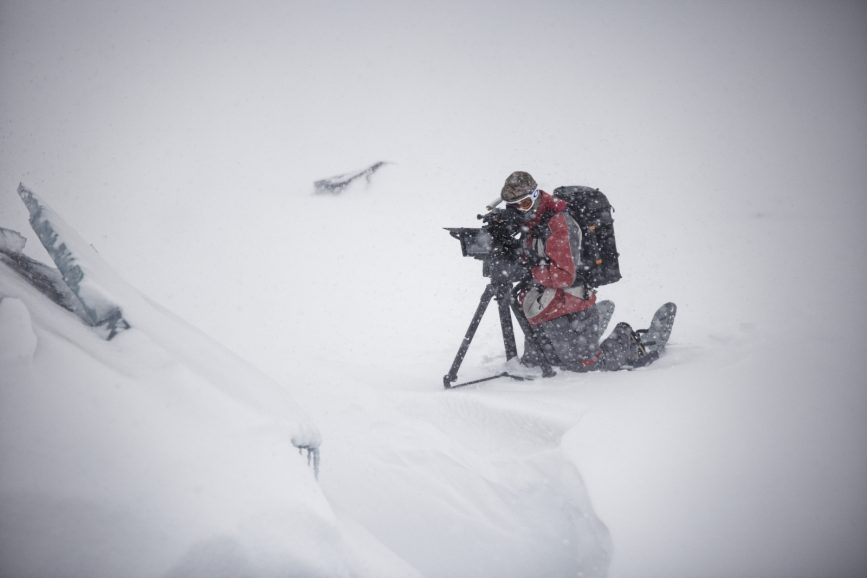
Kit to suit the conditions
Stone has unearthed enough material for a mini-series but chose to write, direct and shoot a part of the story as a self-funded short film.
Delayed by COVID and then the strikes, Stone has been out to location four times for scouting, camera tests and other logistical planning, the latest of which was in February this year with the Canon Flex Zooms together with his EOS C500 Mark II.
“Canon have been really supportive of the project. They leant me the Flex Zooms which were really useful because you can’t change lenses outside in a blizzard and unless you’re bringing multiple camera bodies, a zoom is the only practical way to shoot in those conditions.
He says the Flex Zoom is unique because standard full frame lenses start at 24mm, whereas the Flex Zoom series offers 20 – 50mm. “That extra few millimetres on the wide end is a really useful range. They are also faster than anything else available for a zoom.”
Filming in the dark interiors of a replica hut used by Scott’s rival Roald Amundsen as well as tent interiors, Stone found the T 2.4 aperture beneficial too.
Equipment tests helped Stone refine his kit list. “You can plan till the ends of the earth but there are so many unexpected things you discover that you never would have thought of,” he says. “For instance, I knew that grease in lenses can get very viscous and stiff in cold conditions but what never occurred to me was that the same will apply to grease in a fluid tripod head. It gets cold enough to freeze so you can’t pan. So the next time I brought a tripod with a spring-based torsion system instead.”
While temperatures in Finse regularly reach-20, this can feel “positively balmy” if there’s no wind, while other days at -11 but with blizzard speed winds can feel extremely cold. However, this is just the sort of weather Stone wants for The Worst Journey.
“Most film shoots will avoid heavy rain and wind whereas there have been days where the weather was too sunny so I couldn’t film. I actually need bad weather for the majority of the film. February is arguably the worst month there, and ideal for this project. It’s before the skiing season starts so there’s far fewer people. The way I see it is if the actors get cold, they don’t have to act cold, it just comes naturally.”
He admits to being “quite blasé” about camera preservation. “I try not to baby the kit too much because the build quality of a professional camera like the C500 is so good you can rely on it.
“When I take my cameras out into sub-zero conditions, I’m operating them way beyond the manufacturer’s spec sheet. They still perform and that’s what I look for in my gear. I even had icicles hanging off the camera on some days but it still kept going.”
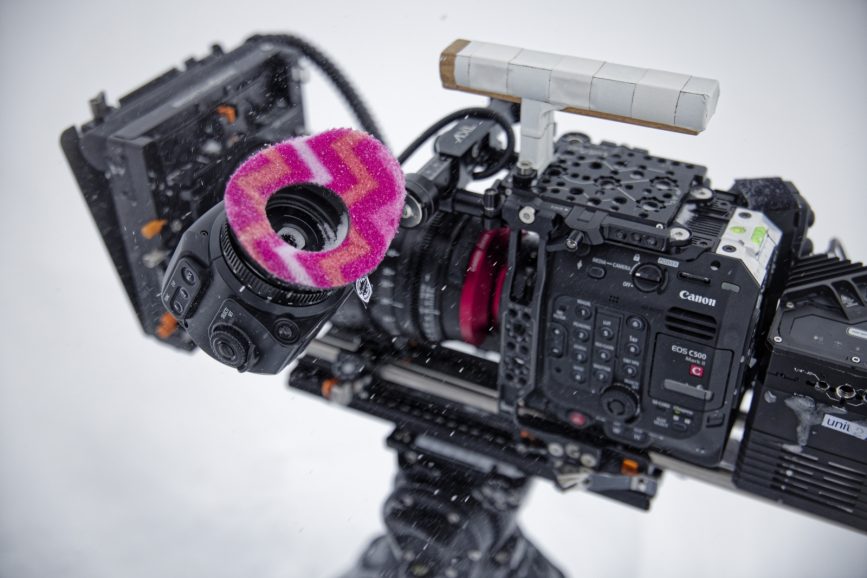
Reaching new heights
On one trip he took a CINE-SERVO CN20 high up in the mountains. “I brought the lens all the way to Norway in its own Peli and lugged it up the mountain for the opening shot of the film. It’s a shot I’ve had in my mind for four years and it was worth the effort to finally pull it off.”
To keep the cost and crew footprint down as well as adhere as close as possible to actual Antarctic conditions, Stone plans to shoot entirely with natural light. “This gives it a more documentary feel. I want the audience to believe what they see.
“The most difficult thing about exposing in a virtually all white environment is how flat the image looks. When you get the footage back to the edit suite you see how flat the waveform is. You really have to pull that log image to be able to see rocks or the mountains in the distance. We can shoot raw and 12-bit with the Canon but the biggest difficulty is getting enough contrast into the image.”
Making his job even harder, is that the true events of the story took place during the 24-hour darkness of Antarctic winter.
“Scott’s men had to march 70 miles in -70 degrees in the dark and at risk of falling down crevasses. That’s just not practical to film so there has to be some creative licence to visually show it. I’m still thinking about how to do this but a day for night conversion is most likely. It’s finding that balance of not looking too fake and not being too dark.
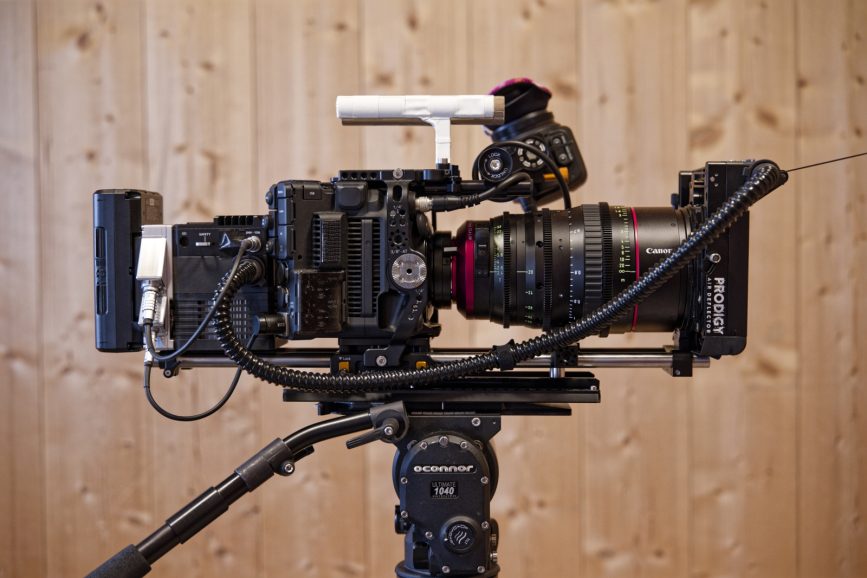
“If I’m going to shoot during the day then my one prerequisite is no direct sun. I want it to be overcast every day because I need that flat light. If I start seeing shadows that’s going to ruin the illusion.”
Since starting the project, Stone has been in touch with some of the descendants of the explorers who were on the 1910 Expedition. The film’s composer Julian Evans is the grandson of Scott’s second in command.
“The incredible thing is that he has not only been to Antarctica to visit Captain Scott’s huts, but actually recorded the sound of wind on the very same route that the three individuals in my story took. It’s a really special connection to the film.”
That music recorded on location forms the soundtrack to the teaser film available to view on YouTube.
Most of pre-production is complete, with the majority of the props and costumes already sourced or manufactured including replica sledges, tents and reindeer skin sleeping bags.
Provided he can raise the budget, Stone anticipates principal photography commencing in February 2025.
–
This article was sponsored by Canon











